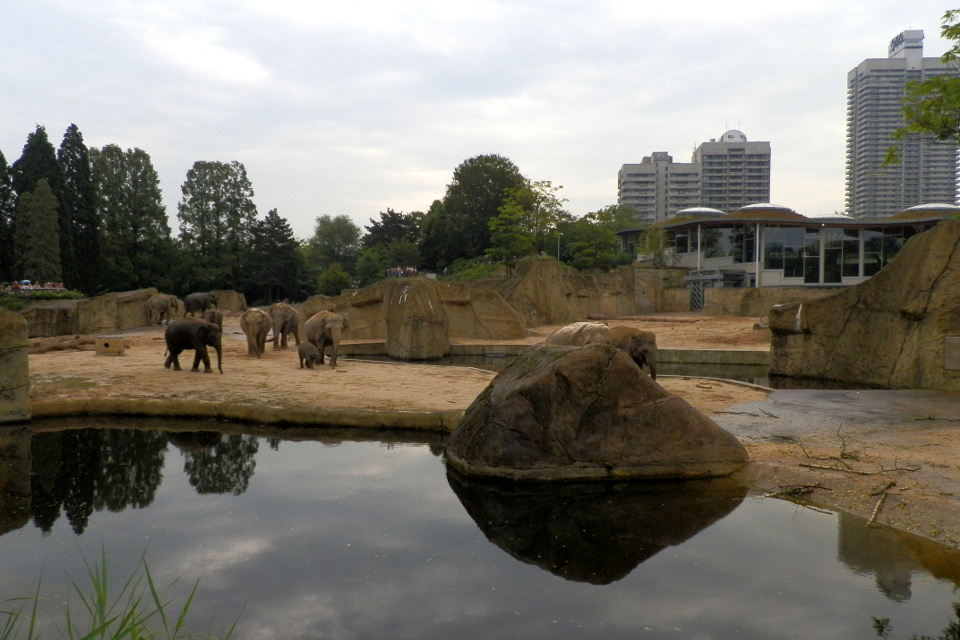Published on zoos.media’s Facebook page on 12-08-2018.
This article uses facts and examples to explain why it is impossible to measure the quality of animal husbandry in zoos in square meters or liters.
Volltext:
#zoofacts #ZoosMedia #zoosmatterWhy you can't measure husbandry quality in square meters or litersA lot of people…
Gepostet von Zoos.media am Samstag, 8. Dezember 2018
Why you can’t measure husbandry quality in square meters or liters
A lot of people make a mistake: they think just because of an enclosure is big, it’s good and think, every enclosure that seems to be small for them personally, is bad. It’s not that easy – otherwise, you would not have to study for years and gain experience for even more to become a good biologist or renowned expert.
Of course, the animals need enough space to behave normally but this isn’t necessarily the same space they need in the wild. You have to analyze why the animal moves, first.
Pelagic sharks, for example, move to breathe, benthic sharks don’t and can lie on the floor. Transient dolphins travel a lot, resident dolphins are resident in one area.
Migratory birds move a lot but some bird species are resident in one place.
Your task, in order to determine the minimum space an animal need, is to evaluate why they move so much and if the factors change in human care. For many animals they do: Orcas swim in the wild to find food – in human care, they don’t have to do that anymore.
» more about orcas in particular:
In elephants, for example, we can see pretty clearly that they don’t move for fun in the wild, they move so much because they wouldn’t be able to find enough food in the wild. Elephants in the wild, that have got everything they need, don’t move many kilometers. Zoo Nation published about a year ago that “according to a 2005 WWF study wild elephants that had access to plentiful food and water traveled less than half a kilometer a day”.
So, not every elephant enclosure has to be very large to fulfill this basic need. Far more important than square meters is the amount of stimulus for the animals and also the work of the zoo keepers and the whole team at the zoo supporting them. So, don’t judge too early that a husbandry is bad just because of an estimation of its size.
Today, Frida Orcinus Ocean shared an interesting case:
Kamogawa Sea World's pool complex is the smallest holding a pod or family of whales, but they are highly successful,…
Gepostet von Frida Orcinus Ocean am Samstag, 8. Dezember 2018
Keep these facts in mind when you want to evaluate the quality of a husbandry in the future. Don’t cave in the common misconception that you can measure husbandry quality in square meters or liters.
